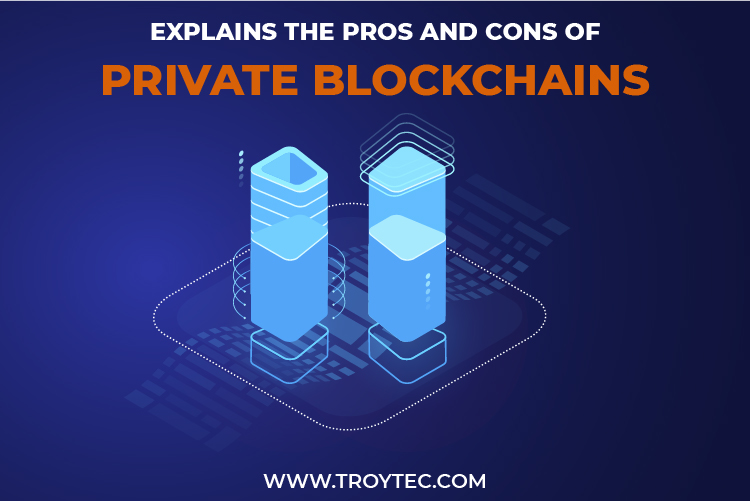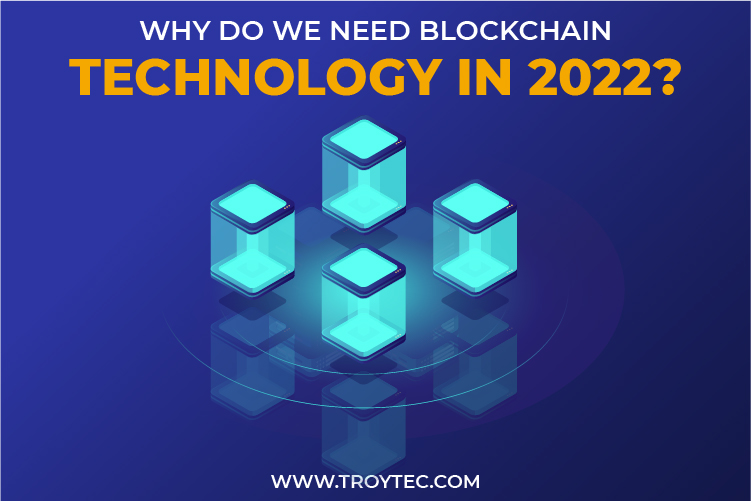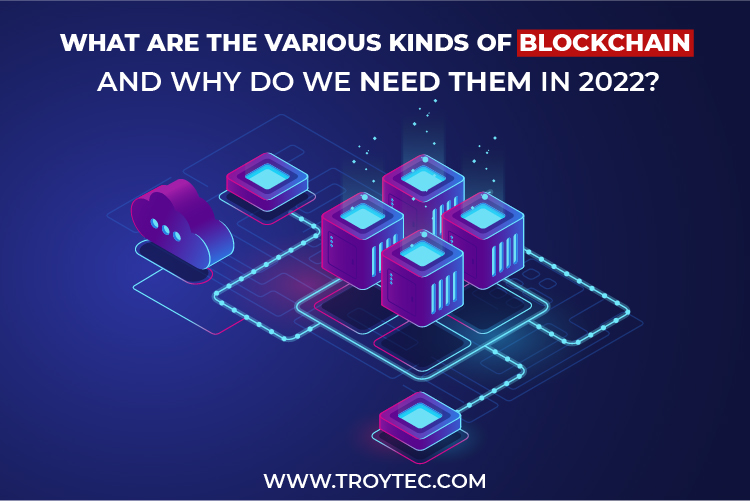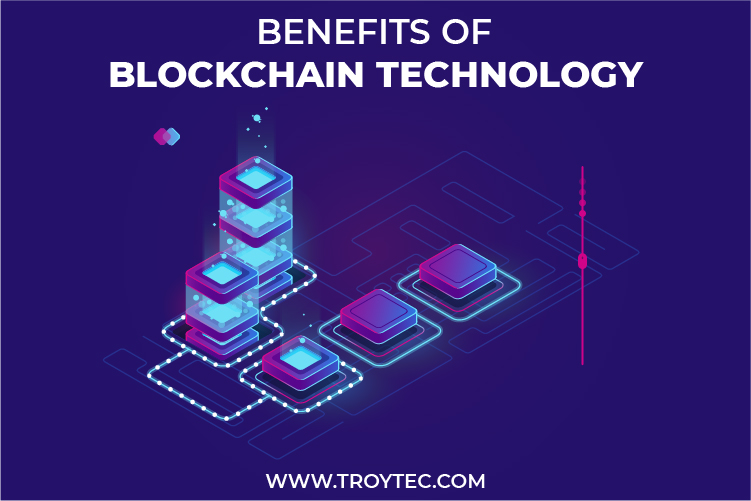What is blockchain technology?
They launched the blockchain in 1991 to store and protect digital data. Blockchain is an open ledger that multiple parties can access at once. One of its prominent advantages is that it is difficult to change the recorded information without the consent of all involved parties. IBM explained that each new record would be a block with a unique identification hash.
Linking a deterrent to a chain of records forms a blockchain. Bitcoin cryptocurrency uses blockchain technology. Blockchain is helpful for the validation and trackable of multi-step transactions that require assurance and traceability. You can provide secure transactions, reduce compliance costs, and speed up data transfer processing. Blockchains technology helps manage contracts and audit the origin of products. It can also manage voting platforms, titles, and certificates.
What are the blockchain basics?
1. Distributed ledger
- Blockchain is a broadcasted ledger used to document transactions between many computers.
- A distributed ledger is a database shared among users of a blockchain network.
- Transactions are accessed and validated by users associated with the Bitcoin network, making them less vulnerable to cyberattacks.
2. Encryption
- The blockchain uses an encryption algorithm (SHA256) to eliminate unauthorized access and keep the block secure.
- Each user in the blockchain has a key.
3. Proof of work
Proof of Work (PoW) is a method of verifying transactions in a blockchains network by solving complex mathematical puzzles called mining.
4. Mining
In the blockchain, miners are rewarded using resources (time, money, electricity, etc.) to validate new transactions and record them in a public ledger.
What are the benefits of blockchain technology?
The following is a checklist of the key benefits you can expect to achieve when adopting blockchain technology in your business.
- It is an immutable public digital ledger. That is, it cannot be changed when the transaction is recorded.
- With encryption function, blockchain is always secure
- Transactions run instantly and transparently because the ledger is updated automatically
- Since it is a decentralized system, no brokerage fee is required.
- The authenticity of the transaction is verified and verified by the participants.
The four main types of blockchain networks
According to Gartner, enterprise production use cases will grow at double-digit rates in 2021. However, various use cases demand different kinds of blockchain. There are four significant types of blockchain networks: public blockchain, private blockchain, consortium blockchain, and hybrid blockchain. Each of these platforms has its advantages, disadvantages, and ideal uses.
1. Public blockchain
The first kind of blockchain technology is a public blockchain. It is where cryptocurrencies like Bitcoin started and helped spread distributed ledger technology (DLT). It eliminates centralized issues such as reduced security and transparency.

DLT distributes information across peer-to-peer networks rather than storing it in one place, and its decentralized nature requires some way to verify the authenticity of the data. This method is a consensus algorithm for blockchains participants to reach an agreement on the current state of the ledger. Proof of Work (PoW) and Proof of Stake (PoS) are two standard consensus methods.
A public blockchain is unlimited, unauthorized, and anyone with internet access can sign on to the blockchain platform and become an authorized node. This user can access current records and perform mining activities. This complex calculation is used to validate a transaction and add it to your ledger.
Source code is usually open-source, so you cannot change valid records or transactions on your network. Also, anyone can see the transaction, find bugs, and suggest changes. One of the edges of a public blockchain is that it is entirely independent of the organization. Therefore, even if the public blockchain no longer exists, it can still run as long as the computer is connected.
Another advantage of a public blockchain is network transparency. A public blockchain is almost secure as long as users strictly follow security protocols and methods. It has some disadvantages, too, as the network can be slow, and enterprises cannot restrict access or use. If a hacker gains more than 51% of the computing power of a public blockchains network, the hacker can unilaterally change it. Public blockchain also cannot be extended appropriately. As more nodes join the network, the network slows down.
The most common use case for public blockchain is mining and exchanging cryptocurrencies such as Bitcoin. However, they can also use it to assemble fixed records during auditable administrative processes: such as electronic endorse of affirmation and public forms of property ownership. This type of blockchain is ideal for organizations built on transparency and trust, such as social support groups and non-governmental organizations. Due to the public nature of the network, private companies will probably want to steer clear.
2. Private blockchain
A private blockchain network that works in a restricted environment, such as a closed network, or is controlled by a single entity is a private blockchain. It behaves like a public blockchain network because it uses peer-to-peer connectivity and decentralization, but this type of blockchain is much smaller.
Private blockchains are typically operated on a small network within a company or organization, rather than everyone being able to participate and provide computing power. These are also known as authorized blockchains or enterprise blockchains.
It has its pros and cons, like the management organization sets privilege levels, security, permissions, and accessibility. For example, an organization with a private blockchain network can determine which nodes can view, add, or modify data. You can also prevent third parties from accessing certain information.
Due to their size limitation, private blockchains are fast and can process transactions faster than public blockchains. The drawbacks of private blockchains include the controversial claim that they are not true blockchains because the core philosophy of blockchains is decentralization. It is also more challenging to achieve complete information trust because the centralized node determines what is valid.
A small number of nodes can also reduce security. If some nodes become rogue, the consensus method can be compromised. In addition, source code from private blockchains is often proprietary alloy closed. Users cannot audit or verify it individually, which can reduce security. Private blockchain also has no anonymity.
Personal blockchain speed is ideal when the blockchain needs to be cryptographically secure, but the controlling entity does not desire the data to be publicly accessible. Other use cases for private blockchain contain asset ownership, supply chain management, and internal voting.
3. Hybrid blockchain
Organizations may want the best of both worlds and use hybrid blockchain, a type of blockchain technology that combines private and public blockchains elements. They allow organizations to set up personal permission-based systems alongside public permission less systems to control who can access specific data stored in the blockchain and what data is exposed.
Usually, hybrid blockchain transactions and records are not revealed but can be validated as needed, such as allowing access through smart contracts. Sensitive information is retained within the network but can still be verified. Even if the private entity owns the hybrid blockchain, you cannot change the transaction.
When users join the hybrid blockchain, they will have full access to the network. As long as the user is not concerned about the transaction, the user’s identity is protected from other users. Then their identities are revealed to the other party.
One of the advantages of hybrid blockchain is that it works within a closed ecosystem, preventing external hackers from launching a 51% attack on the network. It also protects your privacy but allows you to communicate with third parties. Transactions are cheap, fast, and have better scalability than public blockchain networks. This type of blockchain is not entirely transparent because it can protect information. Upgrades can also be a challenge, and there is no incentive for users to join or contribute to the network.
Hybrid blockchain has several robust use cases, including real estate. Enterprises can run their systems privately using the hybrid blockchain but expose specific information such as lists. Retailers can also use hybrid blockchain to streamline their processes, and even in highly regulated markets such as financial services, they can benefit from it.
Medical records can be stored on the hybrid blockchain. Random third parties cannot view documents, but users can access their information through smart contracts. Governments can also use it to store civilian data personally, but they will securely share data between institutions.
4. Consortium blockchain
The consortium blockchain’s fourth type of blockchain, also known as the federation blockchain, is similar to the hybrid blockchain. It has the functionality of a private blockchains and a public blockchains. However, it differs in that multiple organizational members collaborate on a distributed network. A consortium blockchain is a private blockchain with limited access to a particular group, eliminating the risks associated with only one entity controlling the web on the private blockchain. In the consortium blockchain, the consensus procedure is supervised by preset nodes.
There is a validator node that begins, obtains, and validates transactions. Member nodes can receive or initiate transactions. Consortium blockchains tend to be more secure, scalable, and efficient than public blockchain networks.
It provides access control as well as private and hybrid blockchain. Consortium blockchains are less transparent than public blockchains. Even if a member node is compromised, it can be at risk, and the regulation of the blockchain itself can impair the functionality of the network.
Banks and payments are two uses for this type of blockchains. Various banks can come together to form a consortium and decide which node will validate the transaction. Research organizations can create models similar to those that want to track food—ideal for supply chains, especially food and pharmaceutical applications.
These are the four primary types of blockchain, but consensus algorithms are also to consider. In addition to PoW and PoS, those planning to set up their network should consider other types available on different platforms such as Wave and Burst coin.
For example, the leased Proof of Stake allows users to make money from mining without mining the node itself. Proof of materiality uses balances and transactions to assign importance to each user. Ultimately, blockchain technology is becoming more common and is rapidly gaining corporate support. These blockchains have potential applications that can improve reliability and transparency and create better records of transactions.
Why do we need Blockchain technology in 2022?
Emerging technologies are around us. Finding potential winners, understanding the market’s potential, and applying the talent needed to make it successful are essential in doing business.
 The technology outlook is constantly evolving, and we do not know what will happen after 2022. One of the sure things is blockchain in the future. Technology and the community will revolutionize our doing things over the next few decades. So, if you have not accomplished so already, it’s time to consider incorporating this into your business model.
The technology outlook is constantly evolving, and we do not know what will happen after 2022. One of the sure things is blockchain in the future. Technology and the community will revolutionize our doing things over the next few decades. So, if you have not accomplished so already, it’s time to consider incorporating this into your business model.
1. The government will adopt blockchain technology.
Blockchain technology allows governments to do business more effectively. As we continue to recognize the potential of blockchain technology in terms of efficiency and public confidence, governments will take advantage of the many possibilities. Some governments have been experimenting with blockchain technology in various activities and services such as land registration, education, medical care, procurement, food supply chains, and identity management in recent years.
For example, the Australian Postal Service has announced plans to use blockchain technology for local voting. Estonia will use it to enhance the integrity of the tax and business registration systems and electronic health records, and the UK will be welfare.
As blockchain government adoption increases, many governments are trying to address the issue of trust. As a result, the World Bank has proposed a three-tier design and implementation framework to avoid technology and intended use problems. Businesses can also use these same guidelines for blockchain adoption.
2. More eco-friendly blockchains may help save the planet.
Blockchain is often criticized for the enormous energy demands needed to maintain security. Elon Musk quoted a change in his view of Bitcoin’s car payments in January 2021. Much effort will be made to make blockchain technology more environmentally friendly and offset carbon dioxide emissions throughout 2022. Carbon offsetting is one approach. For example, crypto tokens that are solely intended to obtain clean energy may give an organization the ability to demonstrate that its business operations are compliant with climate neutrality.
Another approach is to use blockchain technology, which consumes less energy. This technology typically uses a proof of stake algorithm rather than a proof of work. When cryptocurrencies turn green, blockchain technology can help protect the environment.
3. More countries will adopt cryptocurrencies as legal tender.
Developing countries are more likely to adopt cryptocurrencies shortly due to global inflation and rising remittance costs incurred by intermediary financial institutions that facilitate domestic remittances by foreign workers. Another area of significant development in 2022 is cryptocurrencies managed by central banks rather than adopting the popular decentralized coins. Many of these initiatives feature digital currencies that work with national fiat currencies.
4. The NFT market will continue to grow, but be careful.
The NFT market is expected to grow as more physical is digitized. The NFT Marketplace allows users to claim ownership of digital assets. The NFT 2.0 model is not about art; it’s about gaining access to utilities, games, social sharing, and the hyper-exclusive community. The Metaverse concept alone provides a wealth of new use cases for creative NFT applications. The risks and challenges faced by the non-fungible token market require regulatory intervention, which is vital for the future of NFT.
5. Blockchain will be the most sought-after skill.
By 2022, demand for blockchain and cryptography skills will increase. The growing popularity of cryptocurrencies, the ever-increasing attention to blockchain in various sectors, and the growth potential of the blockchains industry contribute to the increasing demand for blockchains and crypto skills.
Blockchain is now beginning to understand its potential to improve people’s lives and build more resilient organizations, the small ultra-technical community of IT professionals, and large corporations and governments. As a result, companies need blockchain professionals who can help them apply blockchain technology to achieve their business goals.



Pingback:
Pingback:
Pingback:
Pingback: